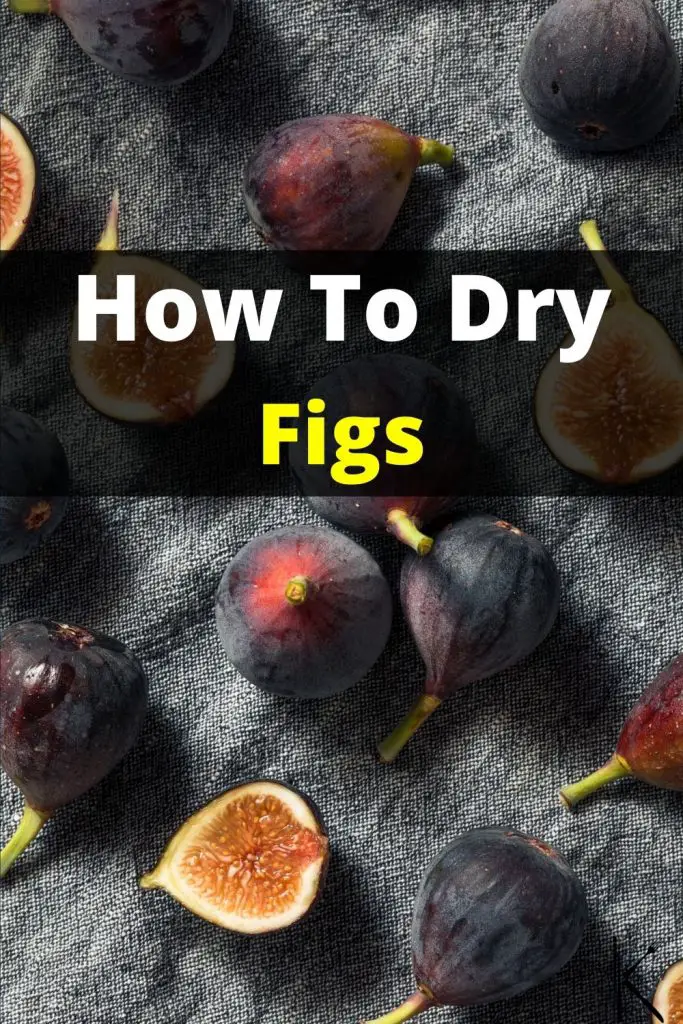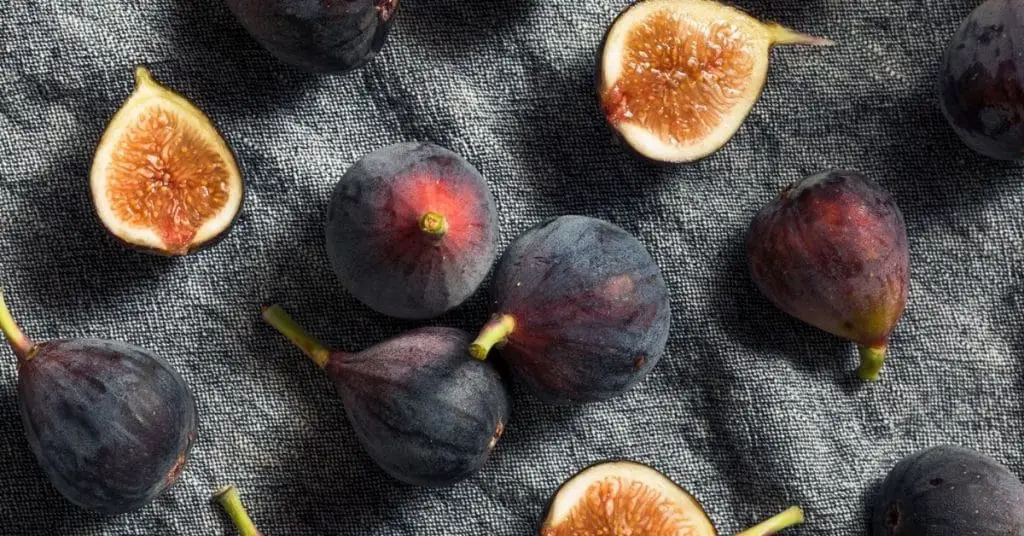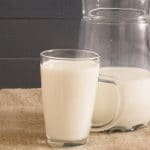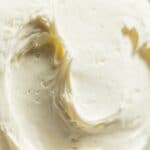In short, the best way to dry figs is in the oven, and there are six steps: clean, heat oven, prepare and cut, bake, let cool, and store. The figs are cut in half, baked in a low oven for 36 hours, and kept in a container that keeps air out.
Available mostly during summer, fresh figs are delicious, chewy, and easy to use in sweet and savory dishes. They can be incorporated into salads, cheese platters, pizza toppings, baked cookies, jams, sauces, or just eaten as a snack.
By drying figs you can prolong their shelf life and enjoy them throughout the entire year. This means you can make use of in-season specials and get the best quality as well. Follow this guide to learn how to dry figs easily at home.
Can Figs be Dried?
Yes, you can dry your own figs at home using various methods: in the oven, using a food dehydrator, or outside in the sun. Drying them naturally in the sun can be tricky due to weather changes, humidity, evening dew, bugs, birds, and dust.
The easiest way to dry figs is to use a food dehydrator. It is best to follow the manufacturer’s instructions for the exact temperature setting and time since this will vary between devices. The best way to preserve figs without a food dehydrator is to use the oven method.
The better the quality of the figs before drying, the better they will be once dehydrated.
If you have your own fig tree, make sure to pick fully ripe figs to make your dried fruit. If the figs have started going off, do not use them.
How to Dry Fresh Figs in Oven
Step 1: Clean
Wash the fresh figs in cold water. Dry them well with a paper towel to remove any excess water. Cut the stems off.
Step 2: Preheat Oven
Preheat the oven to 140°F (60°C). It is necessary to use a very low heat setting otherwise the fruits will cook instead of drying out. When cooked they will become soft, juicy, and caramelized and won’t last more than a week.
If your oven doesn’t heat to such a low temperature, set it at its lowest temperature setting and keep the door propped open.
Step 3: Prepare and Cut
Cut the figs in half lengthwise from stem to base. You can also cut them into quarters if preferred. Quartered figs will dry a little faster.
Place the cut figs on an oven rack.
Alternatively, place a wire rack or cooling rack on a baking sheet lined with parchment paper or baking paper. Spread the figs out on the cooling rack in a single layer. There needs to be good, even ventilation around the top and bottom of the figs. This allows them to dry evenly.
The figs should be placed with the cut side facing upwards.
Using a regular flat baking sheet without the cooling rack will result in uneven drying.
Step 4: Bake
Place the figs in the oven for approximately 36 hours. Turn them every couple of hours and keep the oven door slightly propped open to allow steam to escape. If you do not want to leave the oven running continuously you can switch it off halfway. Leave the figs inside and switch it back on after some time. Note that switching the oven off may prolong the drying time.
Step 5: Cool
When the figs are completely dried out, they will be leathery and shriveled on the outside and dry without any juices when split open. Remove them from the oven. Leave the figs to cool down to room temperature.
Step 6: Store
Once cooled completely, store dried figs in an airtight container, glass jar, or good quality resealable plastic bag. The dried figs are best kept in a cool, dry place, or in the refrigerator or freezer.
How to Dehydrate Fresh Figs in a Food Dehydrator
Prepare the figs in the same way as you would for oven drying. Place figs on the dehydrator trays with the cut side facing upwards. Turn the dehydrator to the ‘fruit’ setting, or 135°F. The figs will take between 8 hours and 12 hours to dry. It is best to check the manufacturer’s guide for instructions when dehydrating figs as the recommended settings may vary between devices.
As with the oven-drying method, let them cool completely and store dried figs in an airtight container.
How to Use Dried Figs
At their simplest, enjoy dried figs a snack on their own. They can also be chopped up and used in fig recipes such as cakes, muffins, cookies, or scones. They can be soaked in boiling water or juice to reconstitute their plumpness and then turned into sauces or toppings for ice cream, yogurt, and dessert. Dried figs can be used as a substitute for prunes, dried apricots, and dates in almost any recipe.
Types of Figs
There are a large variety of figs grown worldwide. The following 5 types are most commonly available at supermarkets during fig season.
Brown Turkey Figs
These figs have a brown and purple exterior with a light pink flesh. They are not overly sweet and that makes them a good choice for salads, or desserts that are already sweet.
Black Mission Figs
These figs look similar to Brown Turkey figs with dark purple skin. They are very sweet and have a beautiful bright pink fleshy interior. With their chewy texture, they make an excellent snack.
Calimyrna
Calimyrna figs are larger with green and slightly golden skin. Their pink interiors make them ideal for garnishing salads, fruit platters, and cheese platters. They have a unique nutty taste.
Kadota
Kadota figs have light green skin with a pale interior. These figs are not very sweet which makes them perfect to use in salads, pizza toppings, jam, and preserves.
Adriatic Figs
Adriatic figs can be pale green or yellow. They are sometimes referred to as ‘candy-striped figs’ since the skin forms green-and-white striped patterns. Ideal for dessert, the bright pink juicy interior is very sweet.
FAQ
Conclusion
Since fresh figs don’t have a very long shelf-life, drying them is a great way to preserve them long-term. Make sure the figs are fully dried and completely cooled down before packing. Any excess moisture will result in mold growing quickly and spoiling your efforts.
Add dried figs to lunch boxes, cookie batters, or cook them into sauces and enjoy the sweet fruit even when its not in season.
Up next: how to dry cranberries

*image by bhofack2/depositphotos









